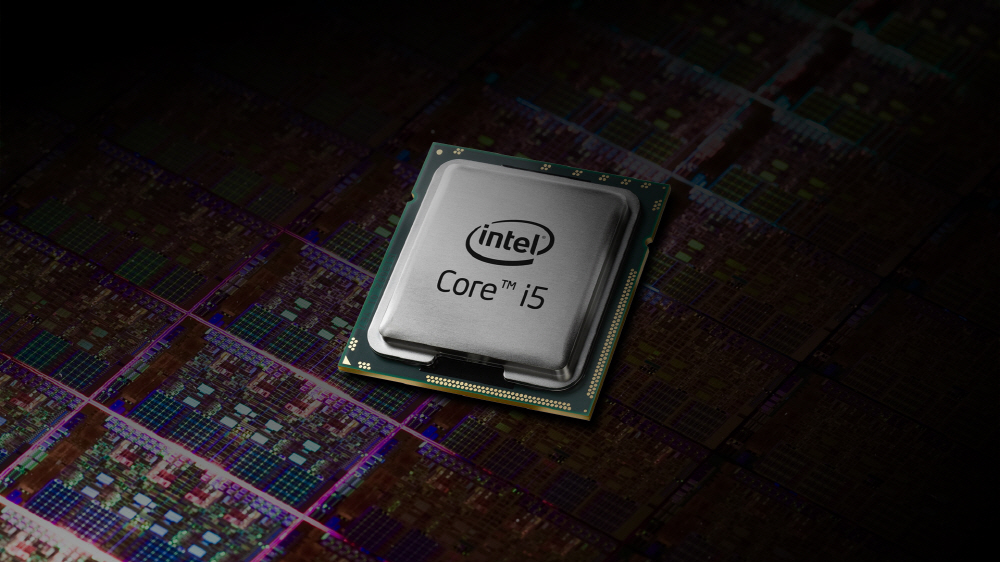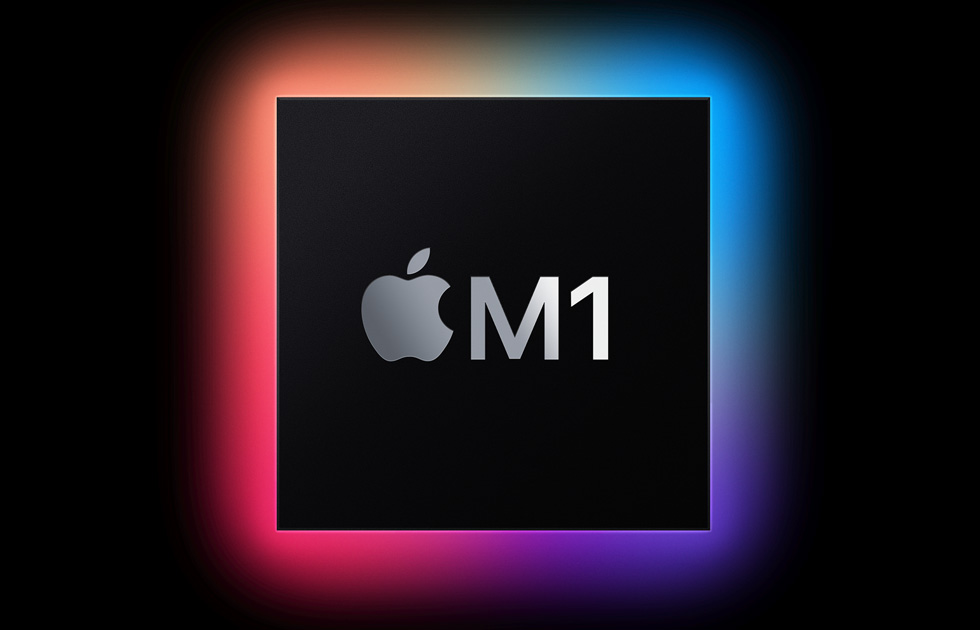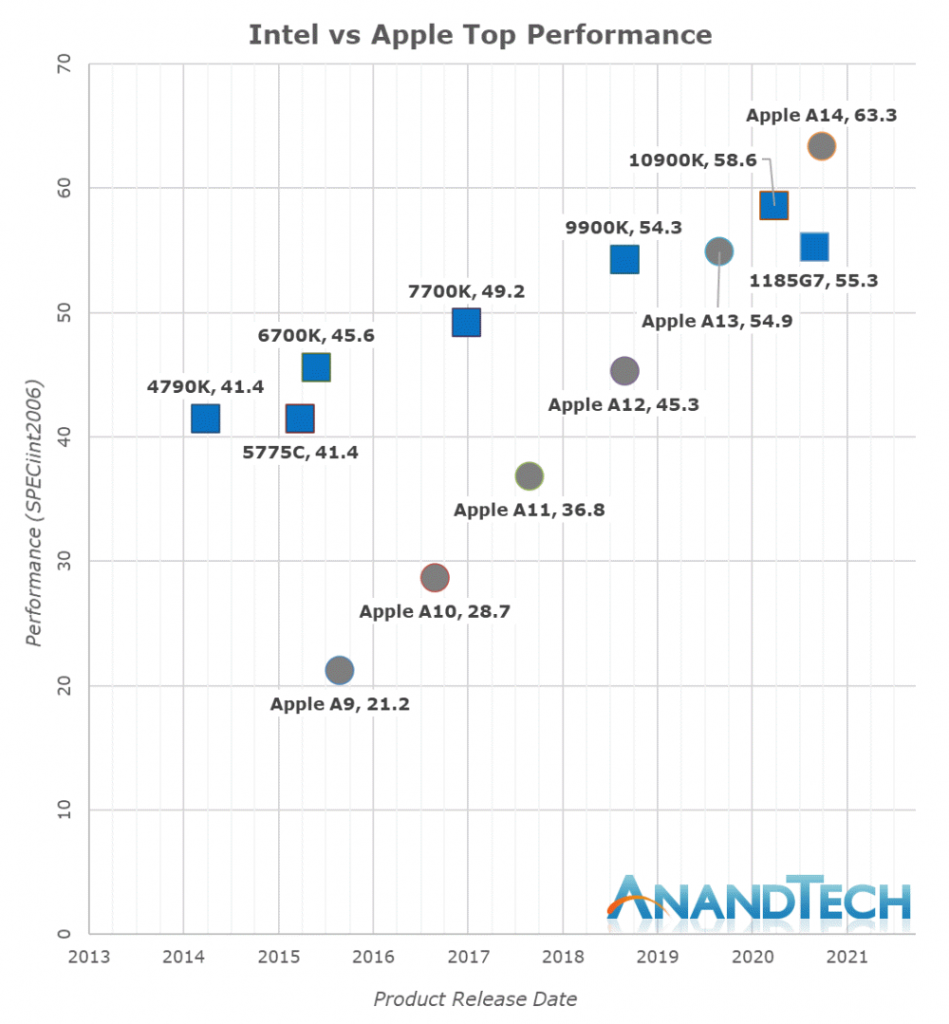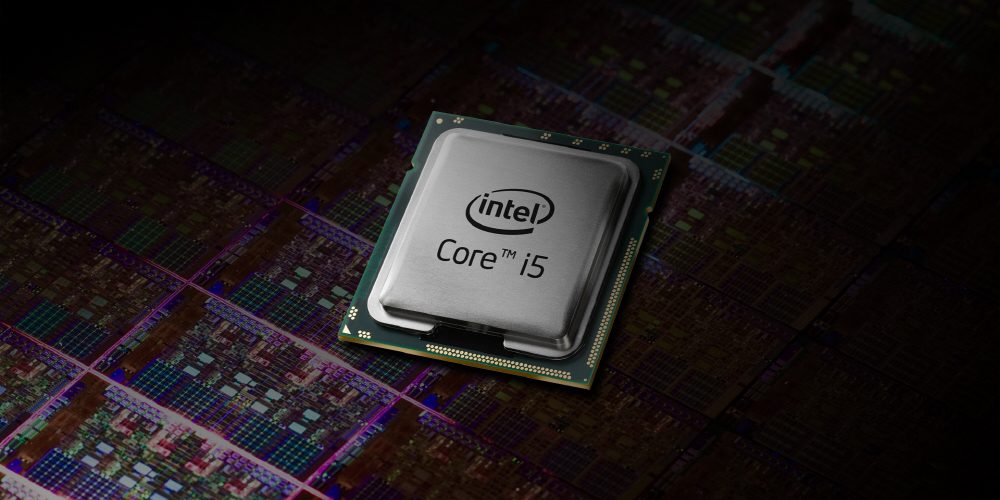
Intel, which built the Pentium brand of x86 architecture CPUs in 1993, announced the Celeron, a low-cost entry-level brand of Pentium II. In the background of this Celeron lies Intel’s disruptive technology strategy.
The disruptive technology was proposed by Professor Clayton Christensen of Harvard Business School. Technology originally evolved according to performance metrics evaluated by major customers in the mainstream market. On the other hand, disruptive technology has a lower performance than the existing technology, but it is meaningful to develop a new market in a niche by evolving the disruptive technology with characteristics as a new value standard.
Andy Grove, Intel’s third employee and former chairman, said the book by Professor Christensen, who advocated disruptive technology, was the most important book he’d read in 10 years. In addition to reading the book, he also incorporated Professor Christensen’s theory into Intel’s management strategy. Since then, Intel has been competing with AMD and is fighting a fierce battle in the desktop PC CPU market. Andy Grove decided to launch a low-cost, low-margin Celeron series with a determination to sacrifice the Pentium brand’s share.
Since Celeron is less performant than the Pentium II, sales at first were not very good. However, the second-generation Celeron, which has been improved by mounting L2 cache, has been found to show higher performance than the Pentium II in some cases, and has succeeded with low prices. With the release of Celeron, Celeron and Pentium shared their share, but in the end, Intel acquired 35% of the market share. As a result, it can be said that it secured new customers and expanded its market share through disruptive technological innovation.
At the same time, the Intel Inside catchphrase, which had been deployed since 1991, also penetrated, and around 2000, Intel took the dominance of the CPU market for desktop PCs as a company that symbolizes desktop PCs with Microsoft.
Andy Grove, who has been managing Intel since 1987, resigned from CEO in 1998 and retired from chairmanship in 2005. Paul Otellini took office as Intel’s CEO the same year. He partnered with Apple to reorganize the Mac at the time and gradually realized an Intel-based Mac after taking office. At Apple’s keynote speech held in 2006, the Intel-based iMac was first announced, and Otellini appeared in work clothes.
By this time, it seemed like Intel had completely won. Certainly, the deal between Apple and Intel was important for Intel, as it had never been possible. However, rather than dominating the CPU market for Intel desktop PCs, it was important in the sense that Intel had built a relationship with a company that thought what would happen next.
In fact, there was talk that Intel would develop the iPhone chip, its smartphone that appeared a year after the announcement of the Intel-based iMac, and there was actually a discussion between Intel and Apple. However, there was no iPhone with an Intel chip. As for the reason, Otellini said in an interview held one month before retirement that the agreement between Intel and Apple was before the introduction of the iPhone, and everyone didn’t know what the iPhone would do. The chip price that Apple was interested in was lower than Intel’s predicted cost, and He said there were no predictions. Of course, he recalls, but in retrospect, the forecast cost was wrong and the quantity was 100 times more than expected.

At the time, Intel already released XScale, a 32-bit processor based on ARM architecture in PDAs and 3G mobile phones. If Intel developed a product to further improve power efficiency on X-Scale and succeeded in mounting the iPhone, there may have been a different future.
Apple recently announced the first Mac equipped with the M1, a SoC developed in-house, on November 11, 2020, excluding Intel chips. Reportedly, when comparing Intel and Apple chips with a benchmark tool (SPECint2006) by year, Intel at first leads, but recently Apple leads. In the theory of disruptive technology innovation, published by Professor Christensen in 1995, it is said that at first, technologies that are inferior in performance are improving at a much faster rate than existing technologies while greatly expanding their market share. It is pointed out that the graph comparing Intel Core i9 and Apple SoC is similar.

When Apple announced the M1, it could be the moment when Intel and Apple intersect. This is why it is pointed out that it is only a matter of time before ARM-based chips increase their share in the server business market, which is the last strong point for Intel. Related information can be found here .


















Add comment